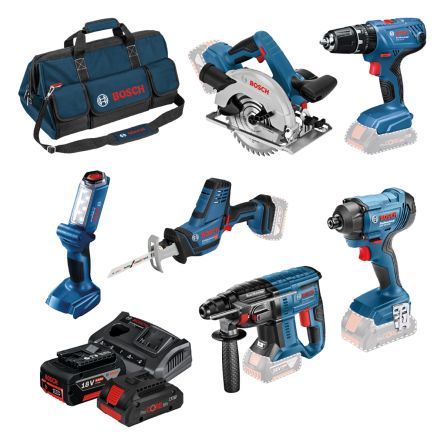Yep - I remember when A123 first appeared in power tools. And that was the ONLY way to get them. Well, in cylindrical form. Actually worked well but consider this in regards to reliability:
Most battery nerds wouldn't go out and buy a tool to get NEW A123's. They (myself included) got them from tools that had already seen unknown use / abuse.
At the time, a major industry developed counterfeiting A123, including pouches, or got manufacturer rejects stolen from the waste stream and placed onto the gray market. In the case of pouches that had been abused, A123's "zipper" pressure seal would be cut off, and the cell pressed totally flat again in a vacuum-former.
So too was the voracious appetite of the media to latch on to early EV "lithium fires" for great sound-byte material, but when the investigation was over, in many cases it was not A123 batteries, but the surrounding wiring / charging infrastructure that was the culprit. But that followup investigation would mean eating-crow, and losing the sensationalism at the time wouldn't warrant a followup.
Not saying that was all of A123's early woes, but it certainly didn't help when the lead-acid auto industry was wringing hands over it. Not unlike the earlier NiMh patent-encumbrance fiasco.




